
Creative Photo Series Imagines Dancers Performing Household Chores
A photographer's creative series called Dancers at Home explores their grace and skill, even as they perform mundane domestic tasks.

A photographer's creative series called Dancers at Home explores their grace and skill, even as they perform mundane domestic tasks.
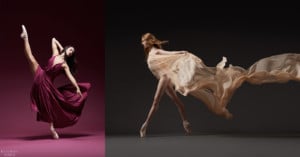
Retired professional dancer Rachel Neville did not let her career-ending injury slow her down, and founded a successful photography business by using her industry experience and teaching skills to create dynamic and powerful shots of dancers.
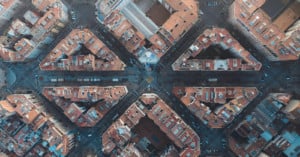
As a professional photographer, I use a lot of different cameras. At any given time, I can use really expensive full-frame cameras combined with the best glass money can buy, to mid-range cameras with kit lenses, all the way down to even compact cameras that fit in my pocket.
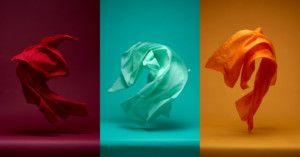
London-based photographer Neal Grundy's latest project looks like dance photography, except the images don't contain any people. Instead, each one shows the graceful, flowing forms of fabrics in motion. The project is titled Dancing Fabrics.
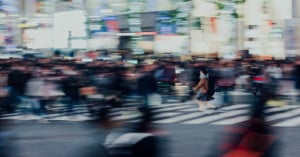
I crossed Shibuya Crossing 10 times for a new series of photos, and I watched pedestrians cross another 13 times. Crossings happen every two minutes, and there’s a one minute window for you to run out there to photograph.

There has been much discussion in recent days of how location tagging in social media is harming natural landmarks around the world. And now even authorities are taking a stand: the Jackson Hole Travel & Tourism Board in Wyoming has launched a new campaign against location tags.
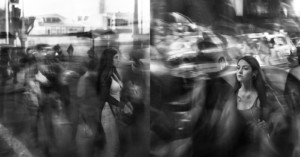
"The Sound of Silence" is a series by Chilean street photographer Eduardo Asenjo Matus, who uses long exposures to show people in flow of the city.
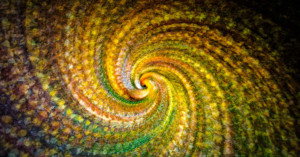
Natural Rotations is a photo series by Surrey, England-based photographer Simon Painter. Each of the images was created by spinning the camera while an exposure is in progress.
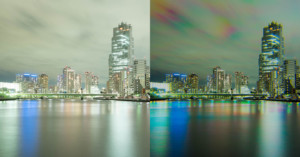
I recently rediscovered an old photography technique that allows you to add surreal color to photos that show movement in the frame. The technique seems to be new in the digital domain, but the technique itself has been known since the early era of digital photography.
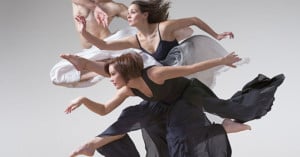
Photographer Lois Greenfield has spent the past 35 years of her photographic career exploring the idea of movement and its expressive potential in photos. She has become well known for her elegant photos of flowing photos of dancers in motion.

Before you head out for your next vacation, you may want to consider what your photos on Flickr reveal about your travel plans. A new study published in the Royal Society Open Science journal used machine learning algorithms to model the mobility of individuals.
By analyzing the embedded timestamp and geographic information within photographs, the researchers were able to accurately predict where a person is most likely currently located and where they may be headed in the future.

Light projectors have been used in recent years for crazy 3D projections on buildings and other large surfaces. A Japanese company is using a similar concept to bring static 2D photos to life.
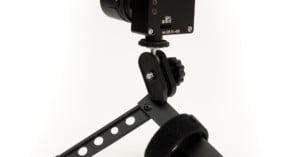
Technology often borrows ideas from nature, and camera technology is no exception. For example, you might remember the bug-inspired compound eye camera we shared just a few months back. Engineers at Swiss company iniLabs don't want to mimic bug eyes, however, they'd rather create something that mimics the human eye. And that's exactly what they did with the new Dynamic Vision Sensor (DVS) 128 camera.
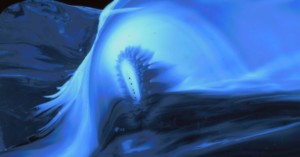
One day, while looking at a glass of water, photographer, artist and architect Moses Hacmon realized that he could really see it. He wondered what water really looked like, and in particular what it looked like when it moved.
One nanoparticle photographic technique later, and he had his answers in the form of a breathtaking photo series dubbed Faces of Water.
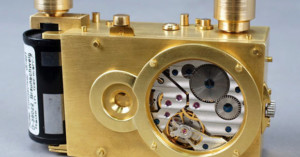
Pinhole cameras can be easily and cheaply made using things you have lying around the house... or you can go to the opposite end of the spectrum and fashion yourself a highly intricate pinhole camera. That's what Korean photographer Kwanghun Hyun did with his Heartbeat cameras. The two cameras created so far feature one crazy design choice: they use intricate watch movements as their internal timing mechanisms.
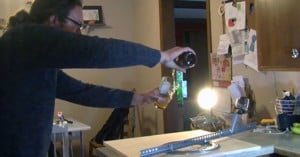
One of the interesting ideas involving slow motion cameras (i.e. high speed cameras) is to move the camera very quickly during shots, resulting in footage that looks like the camera is moving in real time while everything in the shot moves in slow motion. Last year we shared an incredible demo reel by German studio The Marmalade, which uses this technique.
Caleb Kraft over at Hack A Day was inspired by this concept and by the bullet-time rigs that have gotten quite a bit of press lately, and decided to try his hand at moving slow-mo footage using a single GoPro.
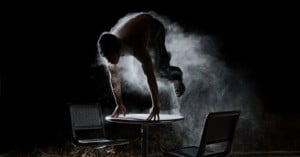
Dancers are often photographed with off-camera flashes and powder in order to capture their movement. Photographer Ben Franke recently completed a project titled Parkour Motion in which he used the same concept, except for parkour practitioners (called "traceurs") rather than dancers.
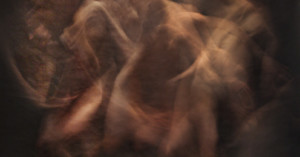
For his project titled Motion, Brooklyn, New York-based photographer Bill Wadman shot portraits of dancers with a slow shutter speed in order to capture their movements through motion blur. The resulting photographs look like a strange fusion of photography and painting.
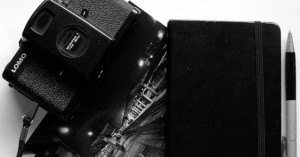
Stephen Dowling of BBC News has an interesting piece that tells the story of the Lomography movement and how it may be instrumental in saving film photography.
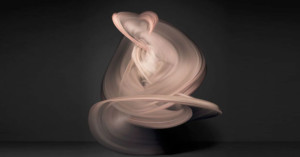
Japanese photographer Shinichi Maruyama has an interesting series of photos simply titled, "Nude." Each image shows an abstract flesh-colored shape that's created by a nude subject dancing in front of the camera.
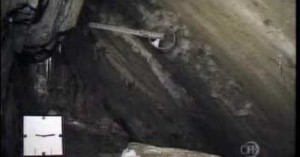
People sometimes use the expression "slow as a glacier" to describe something so stagnant that even the speeds of snails and molasses would feel inadequately fast in comparison. The fastest glaciers ever measured move at tens of meters per day, while the slowest ones may budge only have a meter over the course of a year. Most of the time, the movement is too slow for the human eye to see.
Luckily for us, there's something called time-lapse photography. Back in 2004, PBS aired a NOVA episode titled Descent into the Ice, which followed photographers and adventurers as they ventured deep into the heart of a glacier found on Mont Blanc. One of the things they did was set up cameras to capture the movement of glaciers over extremely long periods of time. The video above shows 5 months of movement seen under a glacier moving 2 feet per day.

A new Nikon patent unearthed by Egami shows that the company has developed …
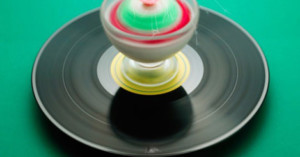
"33 RPM" is a project by Stockholm-based photographer Philip Karlberg that consists of still life photographs of various desserts spinning on various vinyl records. The combo above shows "'Don’t look back into the sun' by The Libertines: Sundae surprise."
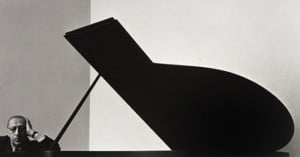
Design director Wayne Ford has written up a great piece on the career of American photographer Arnold Newman, who was in the vanguard of the "environmental portrait" movement that emerged in the early 1940s.
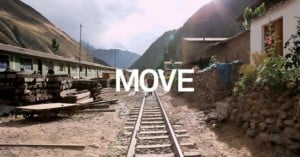
What happens when 3 guys spend 44 days flying 38,000 miles on 18 flights to 11 different countries, capturing …

Ordinarily if there’s movement in a timelapse video, it’s constrained to a small area because a dolly or crane …
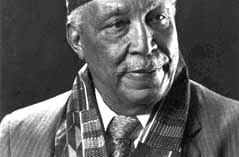
Some of the most raw, intimate and iconic photographs of the Civil Rights Movement were taken by photojournalist Ernest C. Withers. He was present during the entire Emmett Till trial, when Martin Luther King, Jr. rode the first desegregated bus, and in the hotel room where Dr. King was assassinated. Many civil rights activists would cite Withers' images as key to informing America of their plight and fight for equality.
But recent reports by Memphis publication The Commercial Appeal indicate that Withers, who passed away in 2007, was also informing the FBI -- on their payroll.
The Commercial Appeal posted documents indicating that while Withers was photographing key members of the movement, he was also acting eyes and ears for a now inoperative wing of the FBI that heavily tracked civil rights activists.
Due to a clerical error revealing Withers' informant number, reporters at The Commercial Appeal were able to connect Withers' name to informant activities.